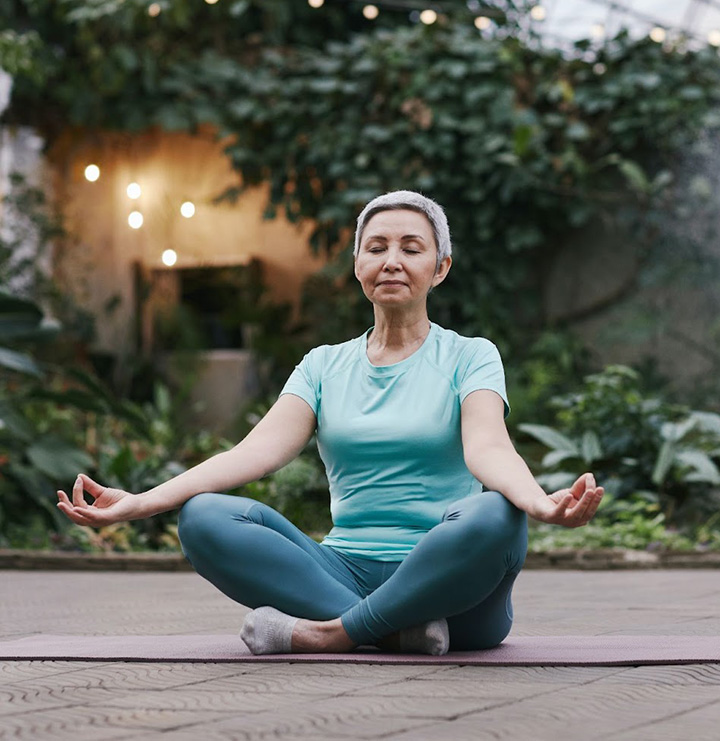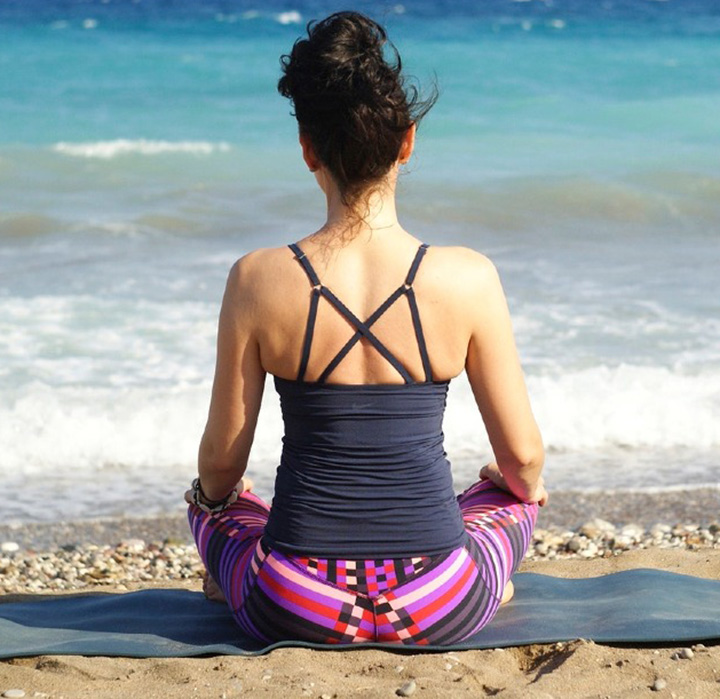Things to consider while buying a rose bear
In this article, we will explore the points you should keep in mind while buying a rose bear, ensuring that your gift gives giftee joy.
In a world that often feels like a whirlwind of stress and demands, know how ancient yoga and meditation practices rejuvenate our health and lifestyle.
By Guest Author
Posted on | Last Updated

Yoga and meditation, enduring practices embraced for millennia, continue to hold a prominent place in contemporary society and, in many respects, have grown in significance in our modern, fast-paced world.
These disciplines have proven their timeless value, with their origins dating back thousands of years. Their unparalleled capacity to facilitate mental and physical rejuvenation makes them particularly relevant today.
The art of silencing the mind and finding mental clarity is a priceless skill that both yoga and meditation offer.
These practices provide a sanctuary where individuals can disconnect from the chaotic noise of the present and rediscover inner peace, fostering a sense of balance and well-being that is especially sought after in our increasingly hectic lives.
In this article, we delve into the multifaceted roles of meditation and yoga, revealing their transformative powers that extend far beyond the yoga mat or meditation cushion.
In a world that often feels like a whirlwind of stress and demands, ancient yoga and meditation practices offer us a serene haven for rejuvenation. These timeless disciplines have transcended their spiritual origins to become powerful tools for enhancing mental, physical, and emotional health.
Let’s discover ten profound ways yoga and meditation can transform your well-being.
At the heart of both yoga and meditation is the practice of being fully present in the moment. This deep mindfulness allows you to shed the burdens of stress and anxiety, offering mental calm and emotional balance.

Through meditation, individuals learn to observe their emotions without judgment. In yoga, the physical postures release mood-enhancing endorphins. These practices provide tools for managing anxiety and depression and cultivating emotional resilience.
Yoga’s gentle stretches and postures enhance physical flexibility, strength, and balance. It’s a remarkable practice for those in recovery from injuries or surgeries, as it promotes healing and restores physical health.
Chronic pain can be debilitating, but both yoga and meditation offer relief. Yoga improves posture and reduces muscle tension, making it an excellent complement to pain management. Conversely, meditation elevates pain tolerance and changes the perception of pain, empowering individuals to cope with discomfort more effectively.
Quality sleep is essential for well-being and recovery. Yoga and meditation promote restful sleep by quieting the mind, reducing restlessness, and inducing a state of relaxation that enhances sleep quality.
Meditation equips individuals with the emotional tools to confront life’s challenges. Meditation fosters inner peace by cultivating self-awareness and emotional regulation, which is crucial for emotional resilience.
Both yoga and meditation encourage a deeper connection with your body, helping you make more mindful and healthier choices in your diet. This supports physical well-being by ensuring your body receives the nourishment it needs.
Regular yoga and meditation practice has been linked to lower levels of inflammation in the body. Inflammation is a common factor in chronic diseases, making this a significant therapeutic effect.
Meditation’s emphasis on mindfulness leads to improved concentration and cognitive abilities. This can be especially beneficial for individuals looking to boost their mental clarity and decision-making skills.
The collective impact of yoga and meditation extends to an elevated sense of well-being. These practices promote self-care, positivity, and a balanced outlook on life, contributing to a happier and more fulfilling existence.
In addition to the advantages of mental, emotional, and physical well-being, yoga and meditation have demonstrated significant medical benefits. The medical community increasingly recognizes these practices for their contributions to overall health.
Let’s delve into some of the medical advantages they offer:
Numerous studies have shown that regular yoga and meditation practice can lead to lower blood pressure levels. This is particularly beneficial for individuals with hypertension or those at risk of heart disease.
Yoga and meditation can effectively alleviate chronic pain conditions like back pain, arthritis, and migraines. These practices offer a non-invasive, drug-free approach to pain management.
Yoga, in particular, has been linked to improved cardiovascular health. Regular yoga practice can enhance heart health by reducing the risk of heart disease and improving blood circulation.
Meditation has been shown to boost the immune system by reducing stress hormones. A stronger immune system helps the body fight infections and illnesses more effectively.
Yoga emphasizes controlled breathing techniques that can improve lung function and respiratory health. It’s particularly beneficial for individuals with conditions like asthma.
While not a high-intensity workout, yoga can contribute to weight management by promoting mindfulness, reducing stress-related eating, and encouraging healthier dietary choices.

Both practices positively impact sleep quality, making them valuable for those dealing with sleep disorders. Improved sleep has numerous medical benefits, including better cognitive function and overall health.
Meditation, in particular, elevates an individual’s pain tolerance, which can be useful for those undergoing medical procedures or managing chronic pain.
In conclusion, the role of meditation and yoga in aiding the recovery process is nothing short of remarkable. These ancient practices have demonstrated their versatility and effectiveness in supporting recovery on multiple fronts.
From physical healing and pain management to emotional resilience and overall well-being, meditation and yoga offer a comprehensive approach to rejuvenation and renewal.
As these practices continue gaining recognition and acceptance in the medical and wellness communities, their potential to transform lives and aid in recovery becomes increasingly evident.
So, whether you are seeking recovery from physical injuries or emotional challenges or wish to enhance your overall well-being, the timeless wisdom of meditation and yoga stands ready to guide you on your path to recovery and self-discovery.